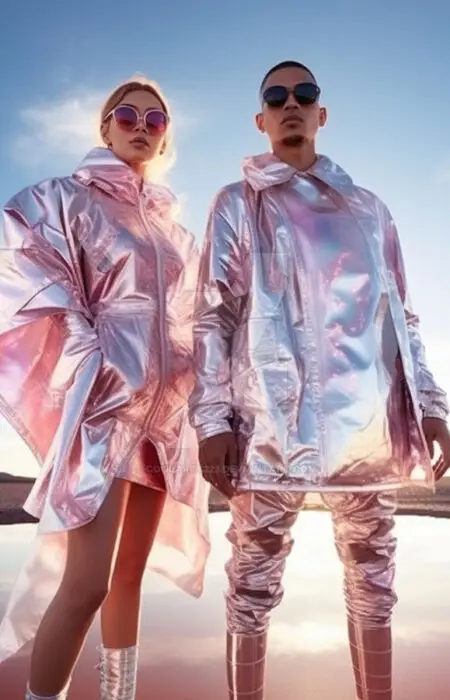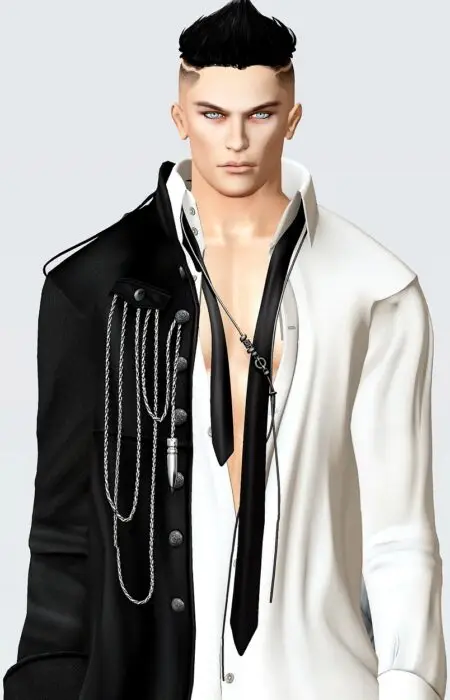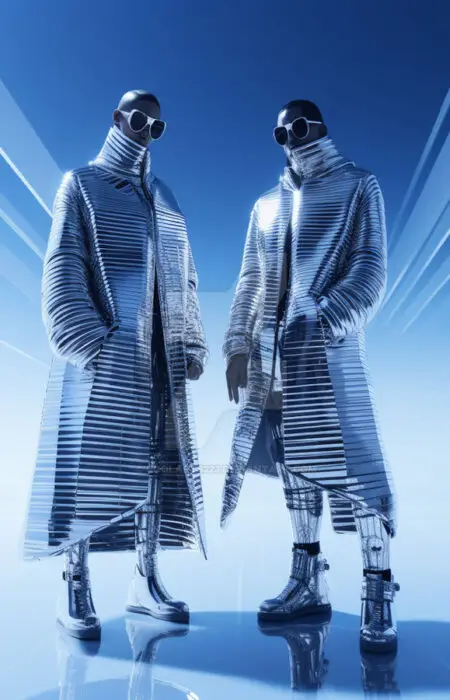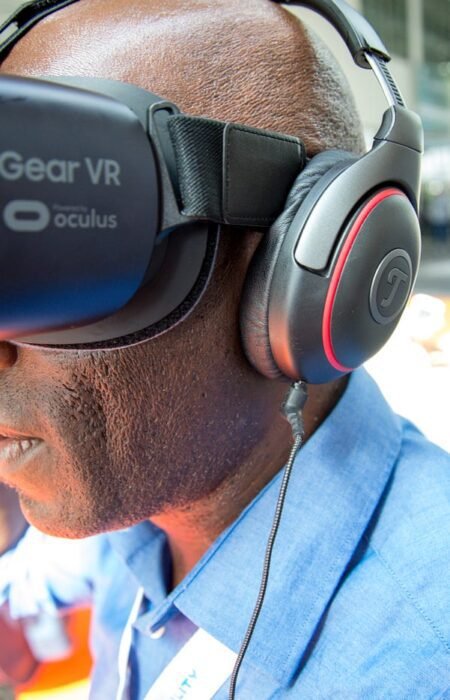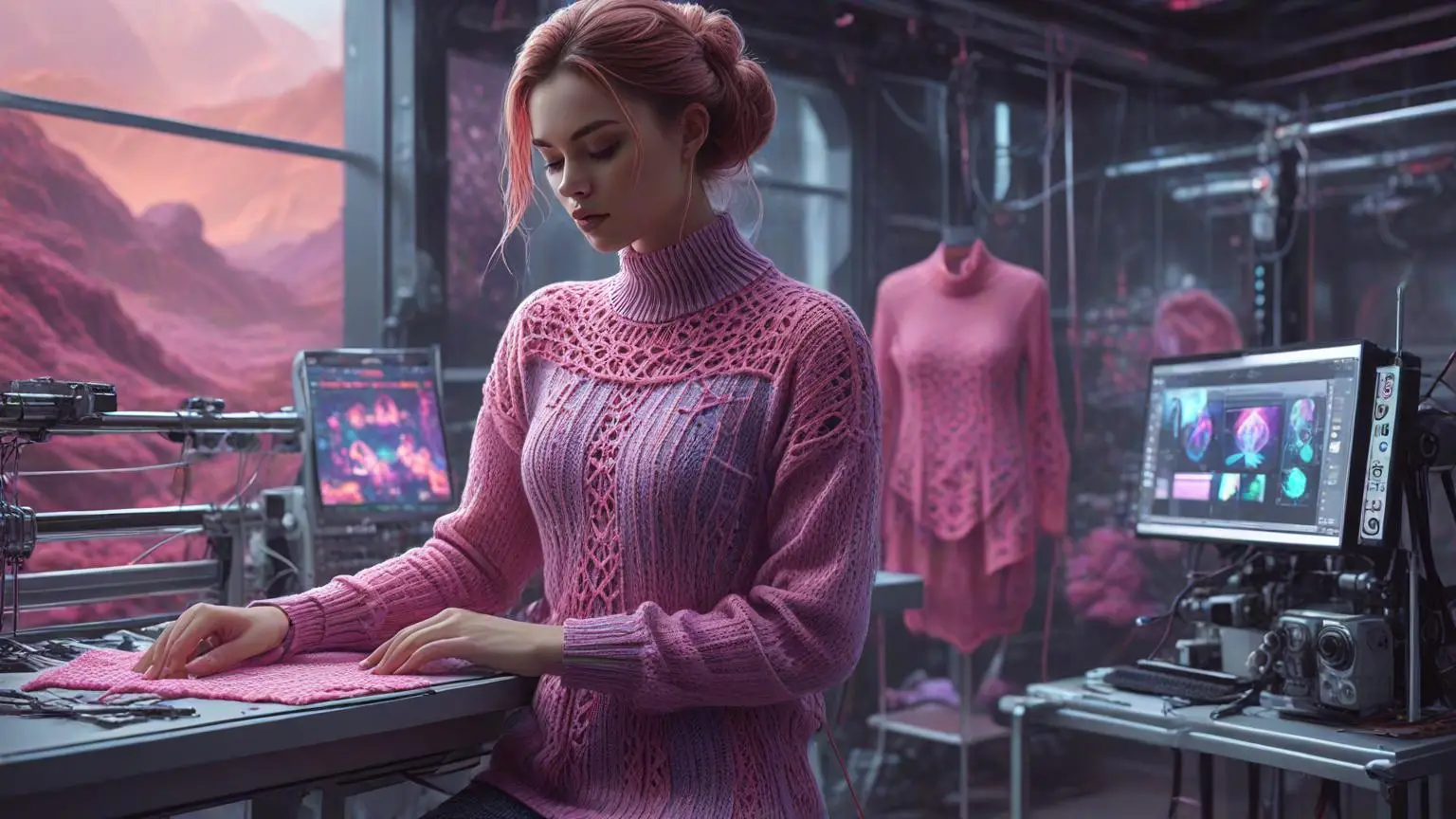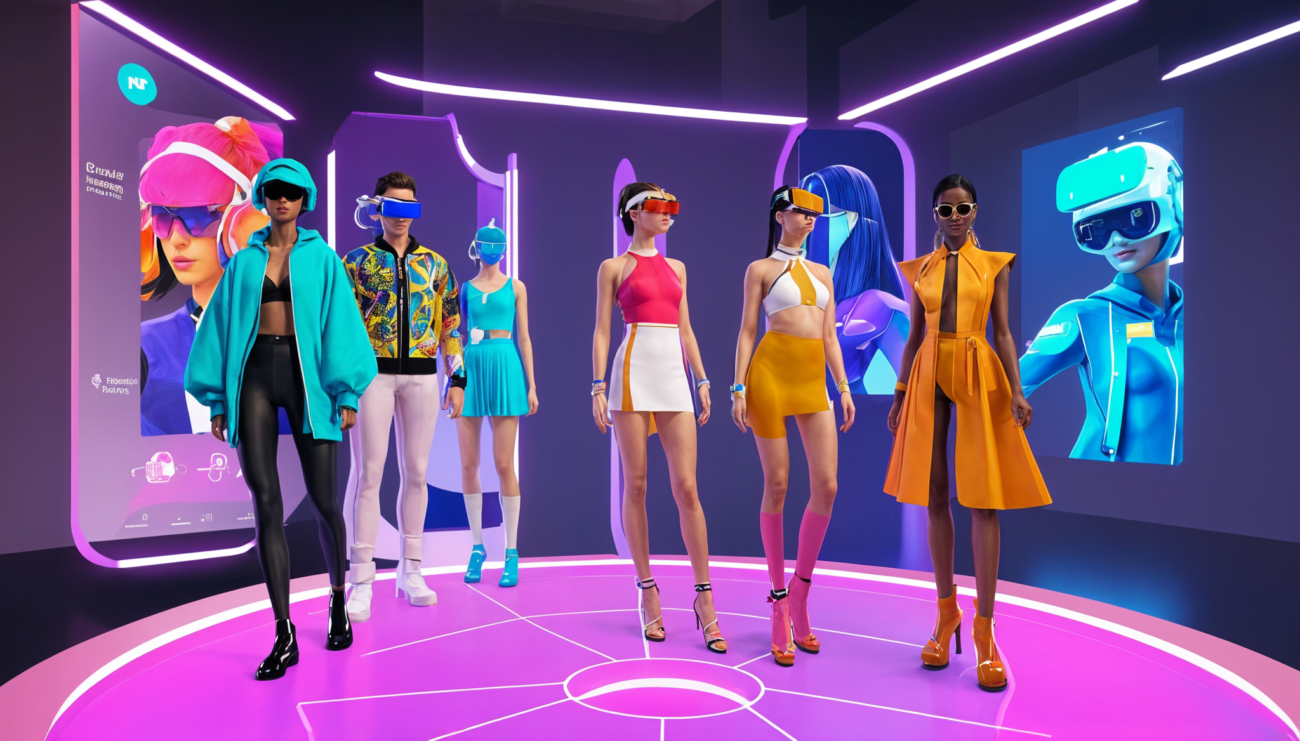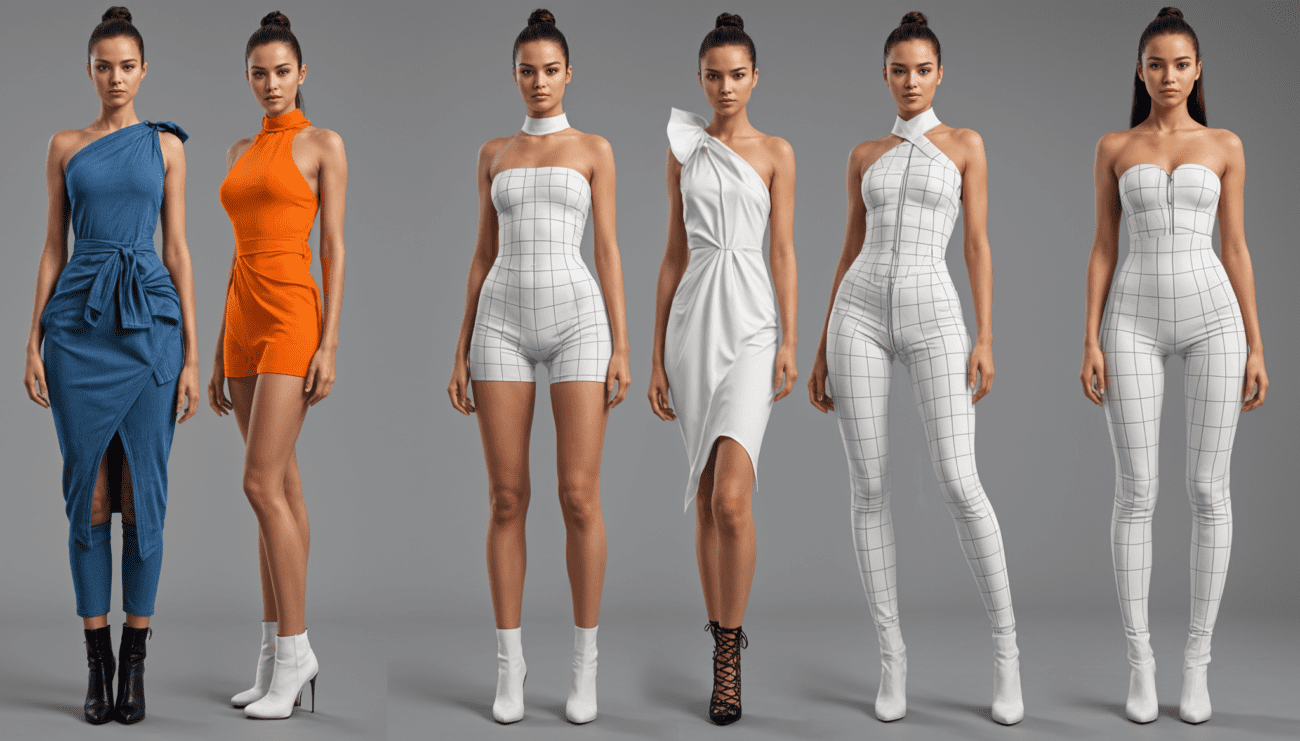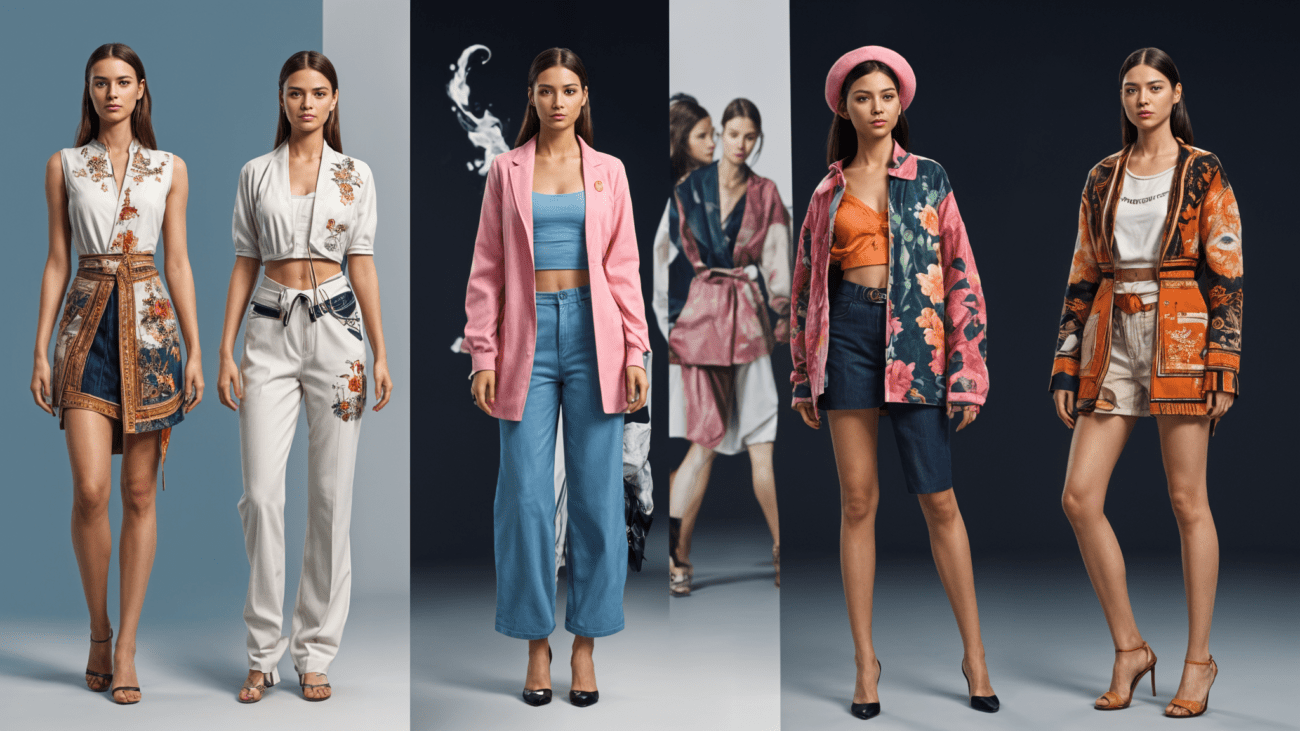Table of Contents
ToggleIntroduction
Virtual fashion is revolutionizing the way designers and buyers interact with the fashion industry. As technology continues to advance, the lines between physical and digital fashion are blurring, creating new opportunities and challenges for fashion designers and bulk buyers. In this blog post, we will explore the future of virtual fashion, highlighting key trends and making predictions about what lies ahead.
What is Virtual Fashion?
Virtual fashion refers to clothing that exists only in digital form. Unlike traditional fashion, which involves physical garments, virtual fashion leverages digital tools and platforms to create, display, and sell clothing. This innovative approach has gained traction due to its ability to reduce waste, speed up the design process, and offer limitless creative possibilities.
Key Trends in Virtual Fashion
1. Digital Runways and Fashion Shows
The COVID-19 pandemic accelerated the adoption of digital runways and virtual fashion shows. Designers now use 3D modeling and augmented reality (AR) to present their collections in immersive online environments. These digital events not only reach a global audience but also offer interactive experiences that traditional fashion shows cannot match.
2. Virtual Clothing for Avatars
As virtual worlds and online gaming become increasingly popular, so does the demand for virtual clothing for avatars. Brands are collaborating with game developers to create exclusive digital outfits that players can purchase for their in-game characters. This trend is opening new revenue streams and marketing opportunities for fashion designers.
3. Sustainable Fashion
Virtual fashion significantly reduces the environmental impact of the fashion industry. By eliminating the need for physical prototypes and reducing fabric waste, virtual fashion aligns with the growing demand for sustainability. Designers can experiment with new styles and materials in the digital realm before producing physical garments, ensuring a more eco-friendly approach.
4. Augmented Reality (AR) and Virtual Try-Ons
AR technology is enhancing the shopping experience by allowing consumers to virtually try on clothes. Apps and online platforms enable users to see how garments will look and fit without needing to visit a physical store. This technology is particularly beneficial for bulk buyers, who can make more informed purchasing decisions.
5. Blockchain and Digital Ownership
Blockchain technology is being used to verify the authenticity of virtual fashion items. This ensures that digital garments are unique and cannot be duplicated. By integrating blockchain, designers can sell limited edition virtual clothing, creating a sense of exclusivity and value for buyers.
"As a fashion designer, virtual fashion has transformed the way I approach my work. The ability to create and showcase digital clothing has opened up new creative possibilities that were previously unimaginable. It allows me to experiment with designs without the constraints of physical materials, making the design process faster and more sustainable. The future of fashion is undoubtedly digital, and I am excited to be a part of this revolutionary change."
"Virtual fashion is a game-changer for bulk buyers like us. The technology enables us to visualize and customize garments digitally before placing large orders. This not only saves time and resources but also ensures that we get exactly what we envision for our clients. The integration of augmented reality for virtual try-ons has been particularly beneficial, allowing us to make informed decisions and reduce return rates."
"The adoption of blockchain in virtual fashion has brought a new level of security and authenticity to the industry. As a collector of digital fashion pieces, I value the assurance that each item is unique and cannot be duplicated. This technology is creating a new market for exclusive digital clothing, and I believe it will continue to grow as more people recognize its potential."
Predictions for the Future
1. Integration with Metaverse
The metaverse, a collective virtual shared space, is set to become a significant platform for virtual fashion. Fashion designers will create digital collections specifically for the metaverse, where users can purchase and wear virtual garments in various online environments. This integration will further blur the lines between physical and digital fashion.
2. Personalized Virtual Fashion
Advancements in AI and machine learning will enable the creation of personalized virtual fashion. AI can analyze individual preferences and body measurements to design custom digital garments. This level of personalization will cater to the unique needs of fashion designers and bulk buyers, offering tailored solutions.
3. Virtual Fashion as a Service
Virtual fashion will evolve into a service model where designers offer subscriptions for access to exclusive digital collections. This model will provide a steady income stream and keep buyers engaged with continuous updates and new releases. It will also allow designers to test market reactions before committing to physical production.
4. Increased Collaboration Between Brands and Tech Companies
The future of virtual fashion will see closer collaboration between fashion brands and technology companies. These partnerships will drive innovation, resulting in more sophisticated virtual fashion solutions. Designers will have access to cutting-edge tools and platforms, enhancing their creative capabilities.
5. Expansion of Virtual Fashion Marketplaces
Marketplaces dedicated to virtual fashion will continue to expand, providing a platform for designers to showcase and sell their digital collections. These marketplaces will become hubs for innovation, community engagement, and commercial success in the virtual fashion space.
Conclusion
The future of virtual fashion is promising, with trends and innovations that will transform the industry. For fashion designers and bulk buyers, embracing virtual fashion offers a competitive edge, sustainable solutions, and new business opportunities. As technology continues to evolve, staying ahead of these trends will be crucial for success in the ever-changing fashion landscape.


